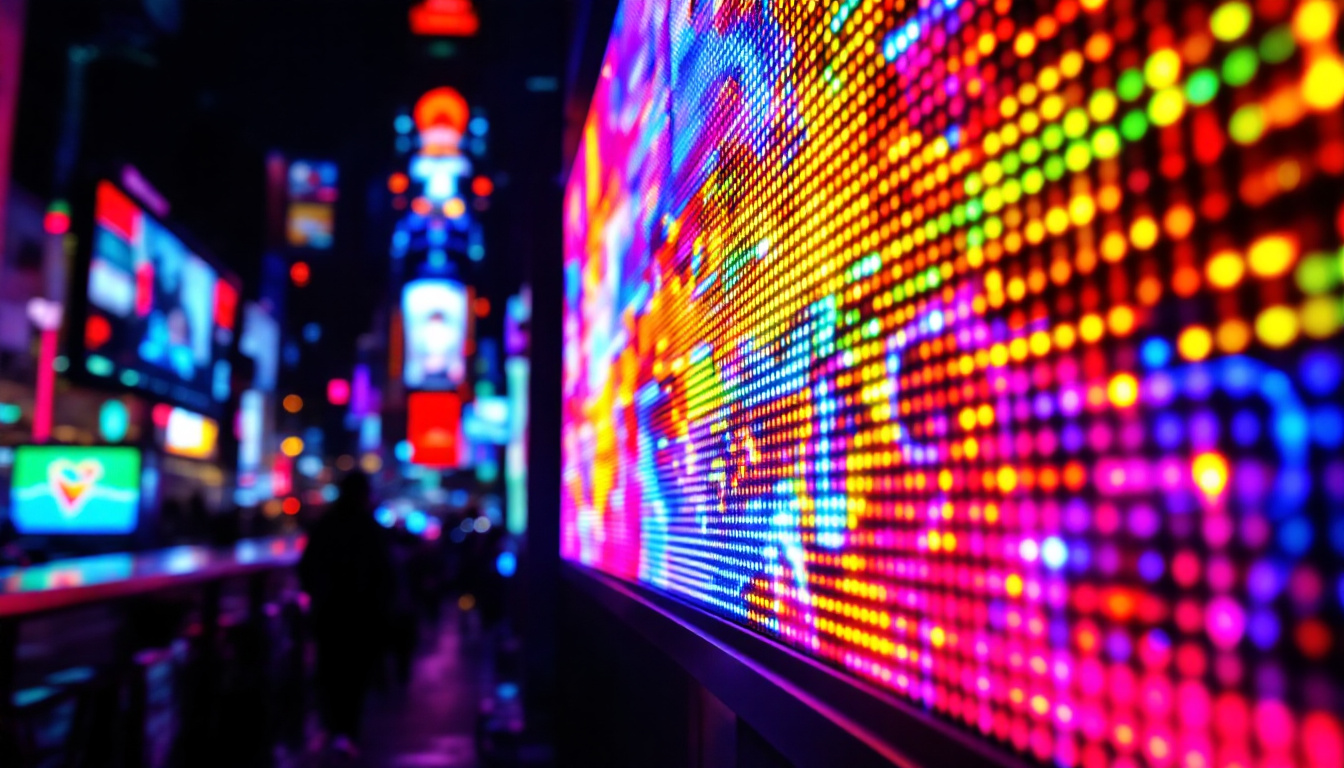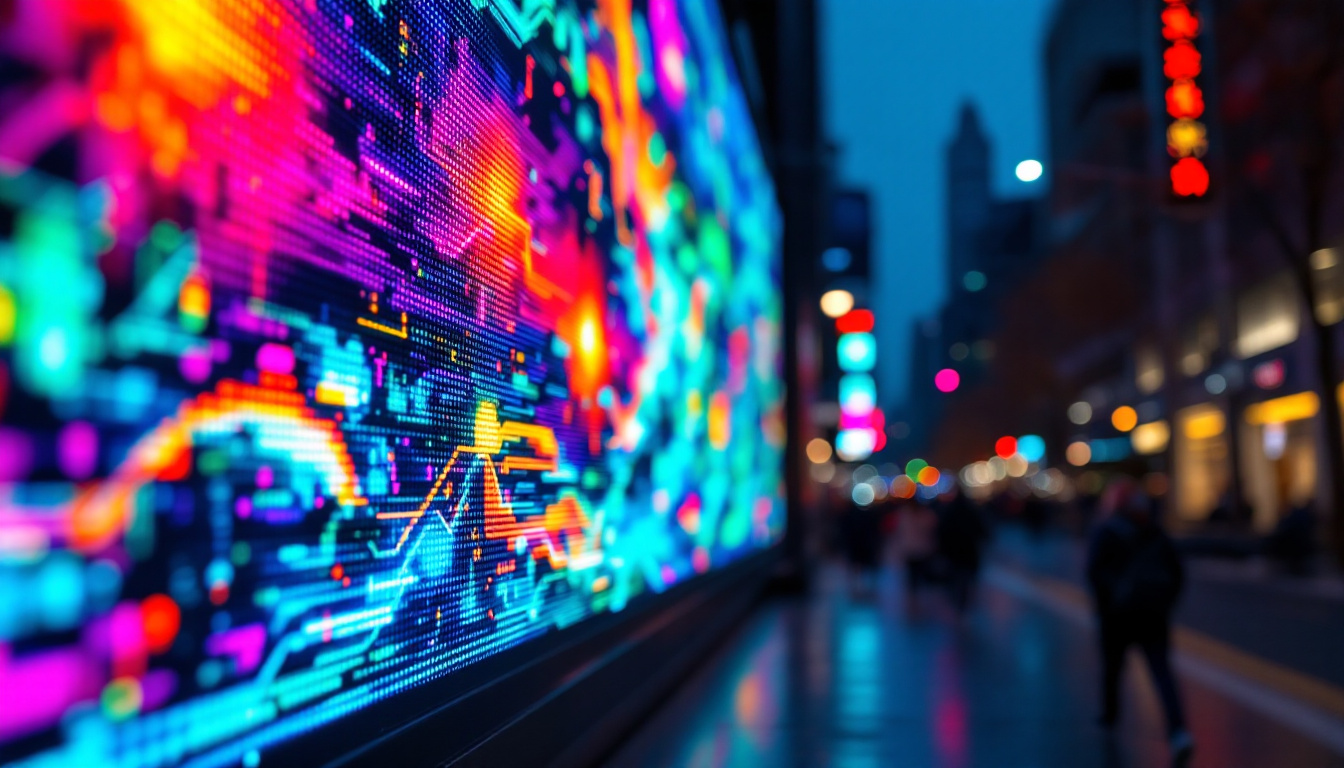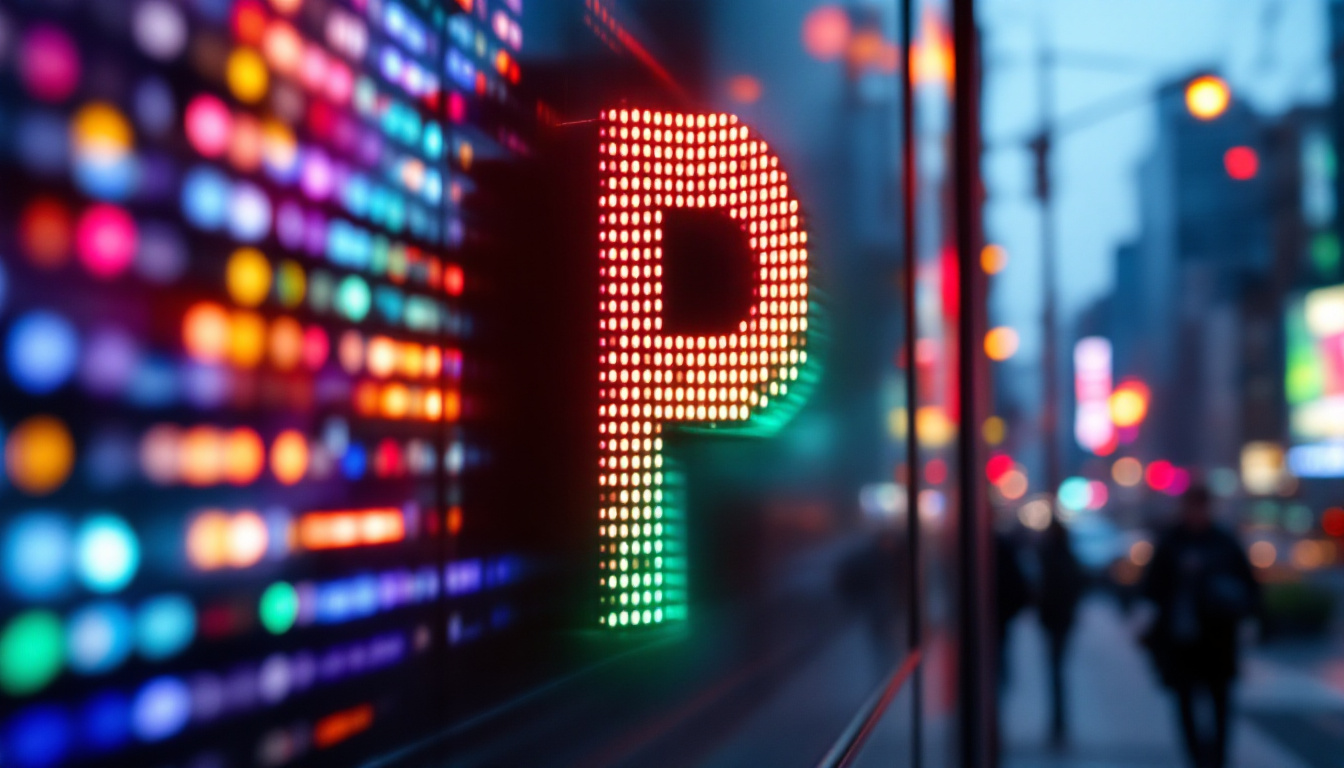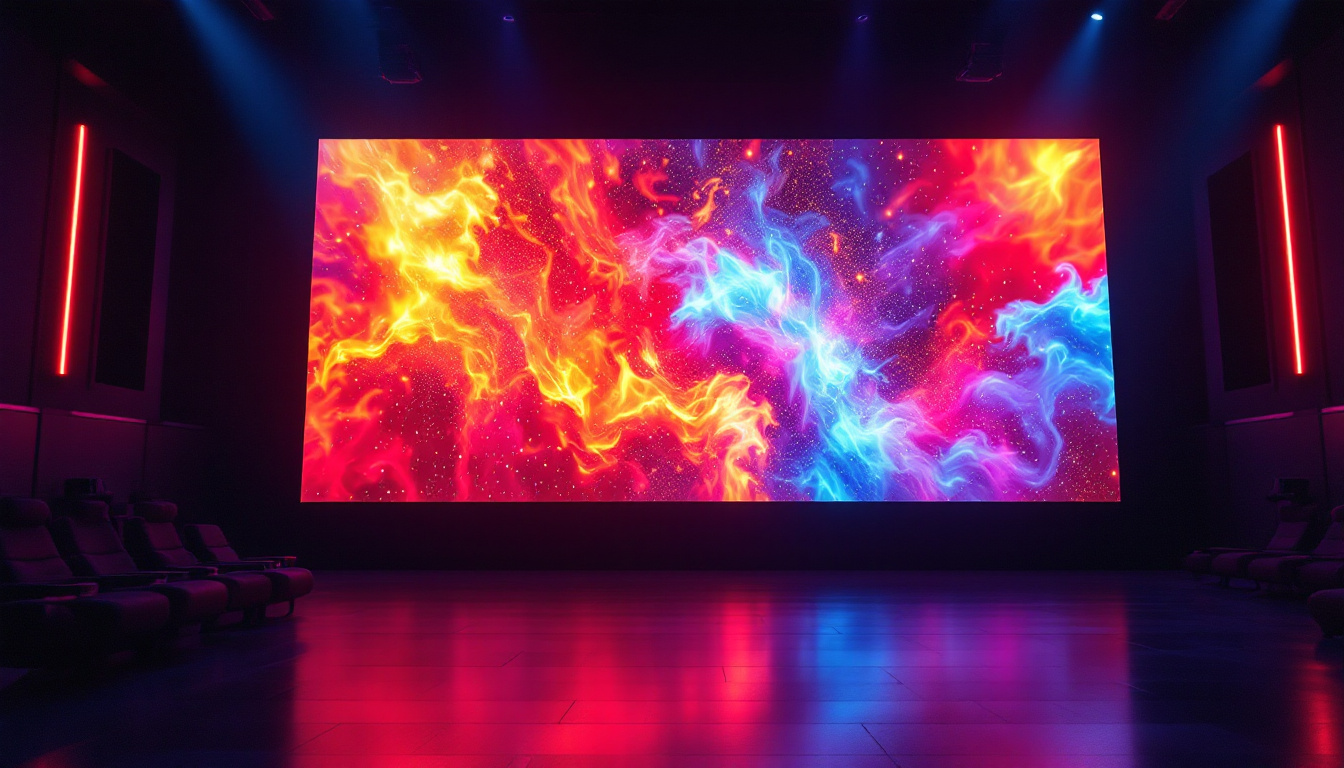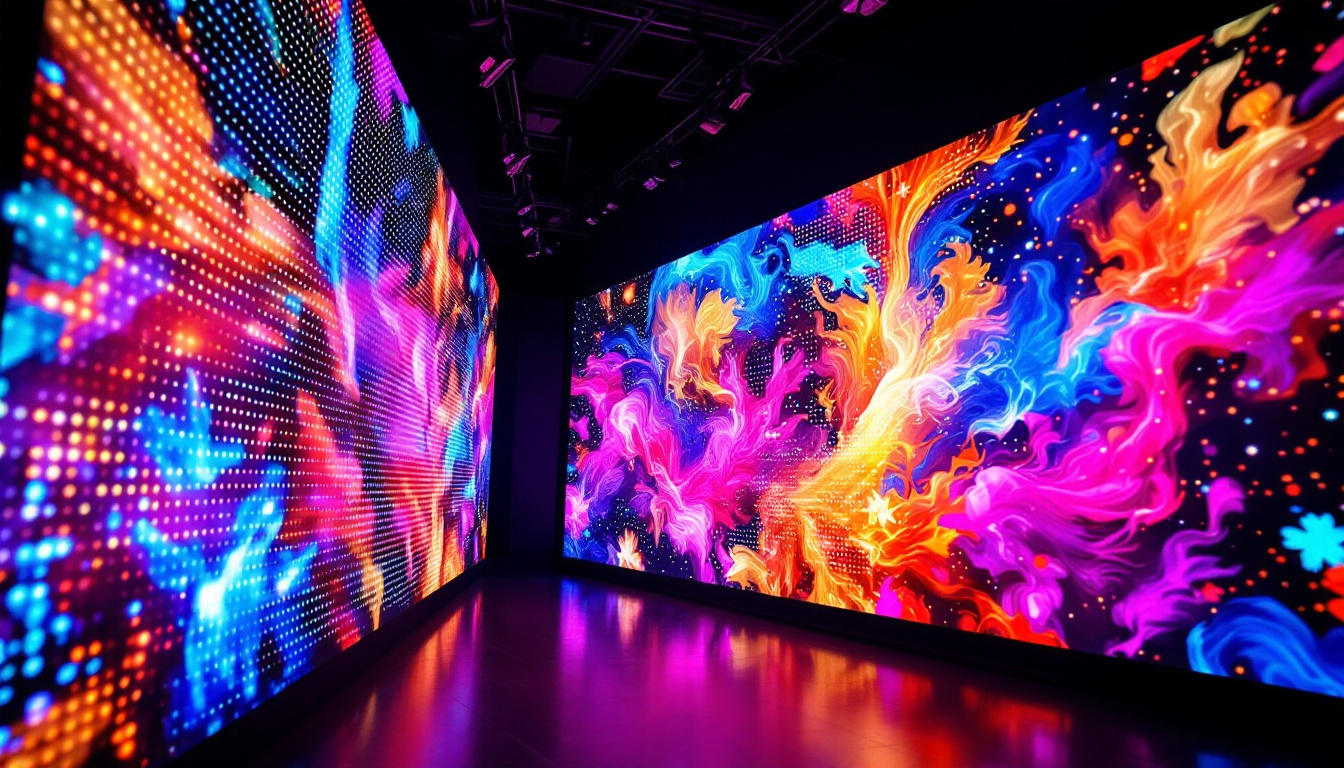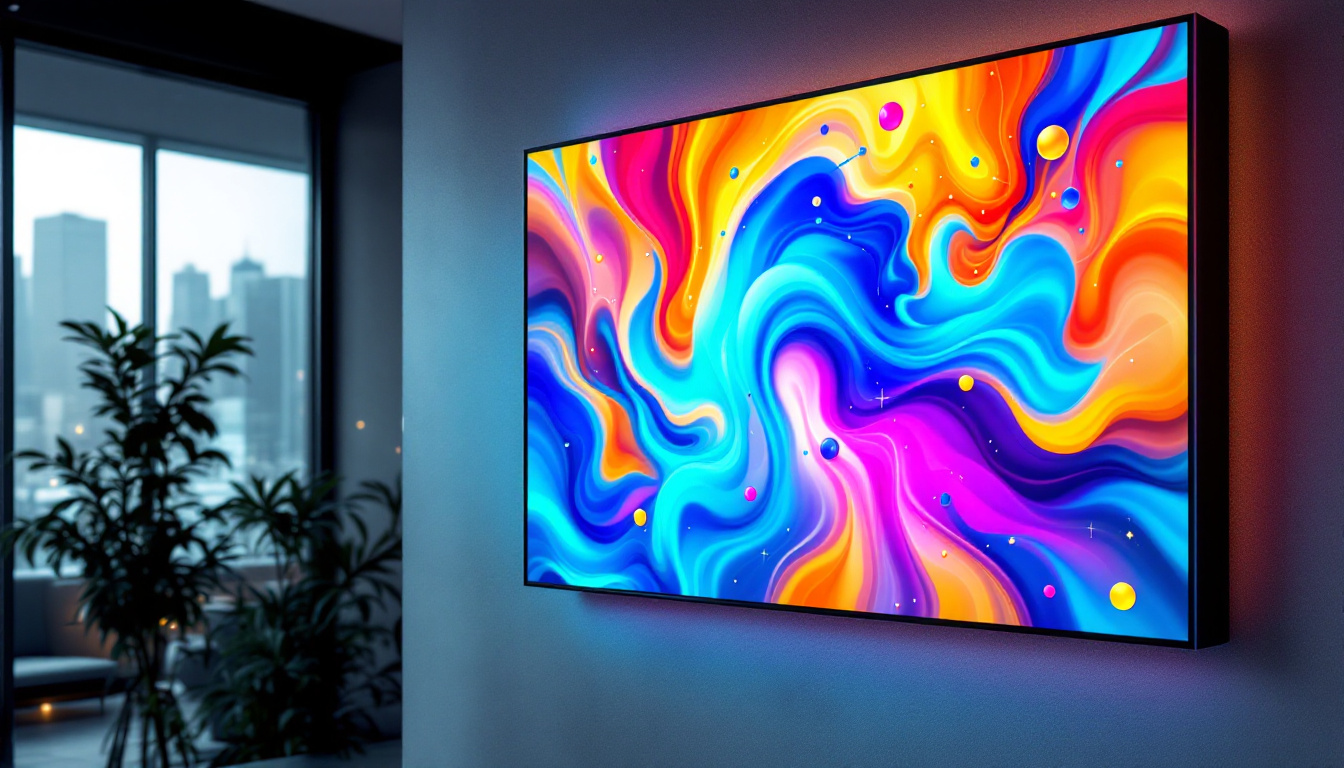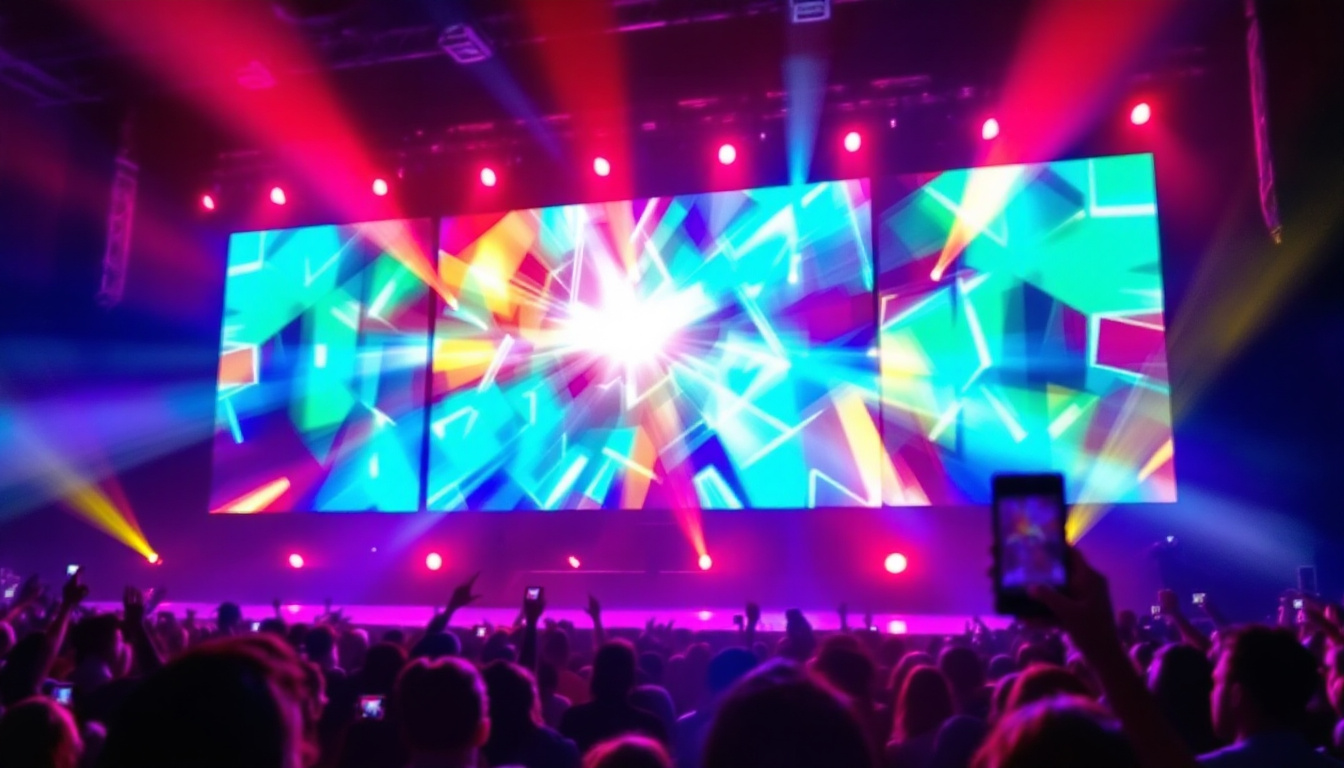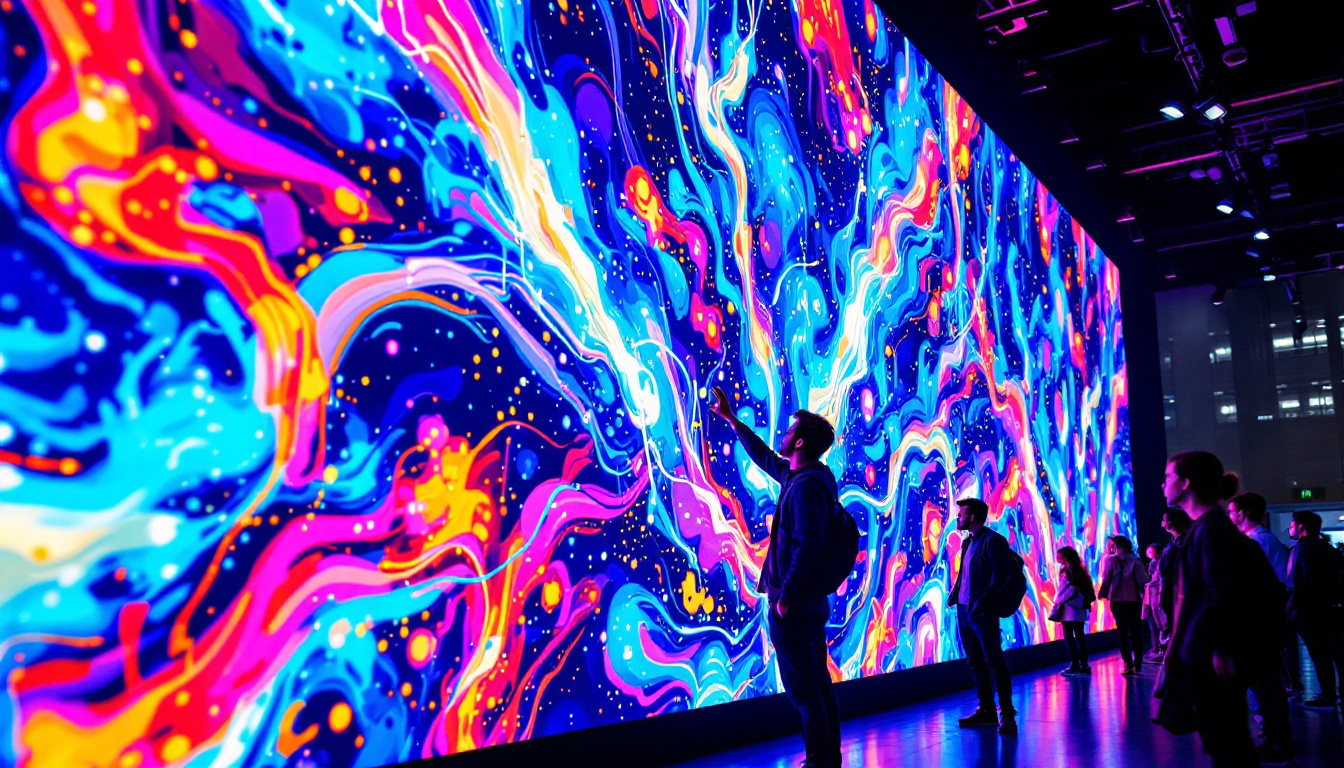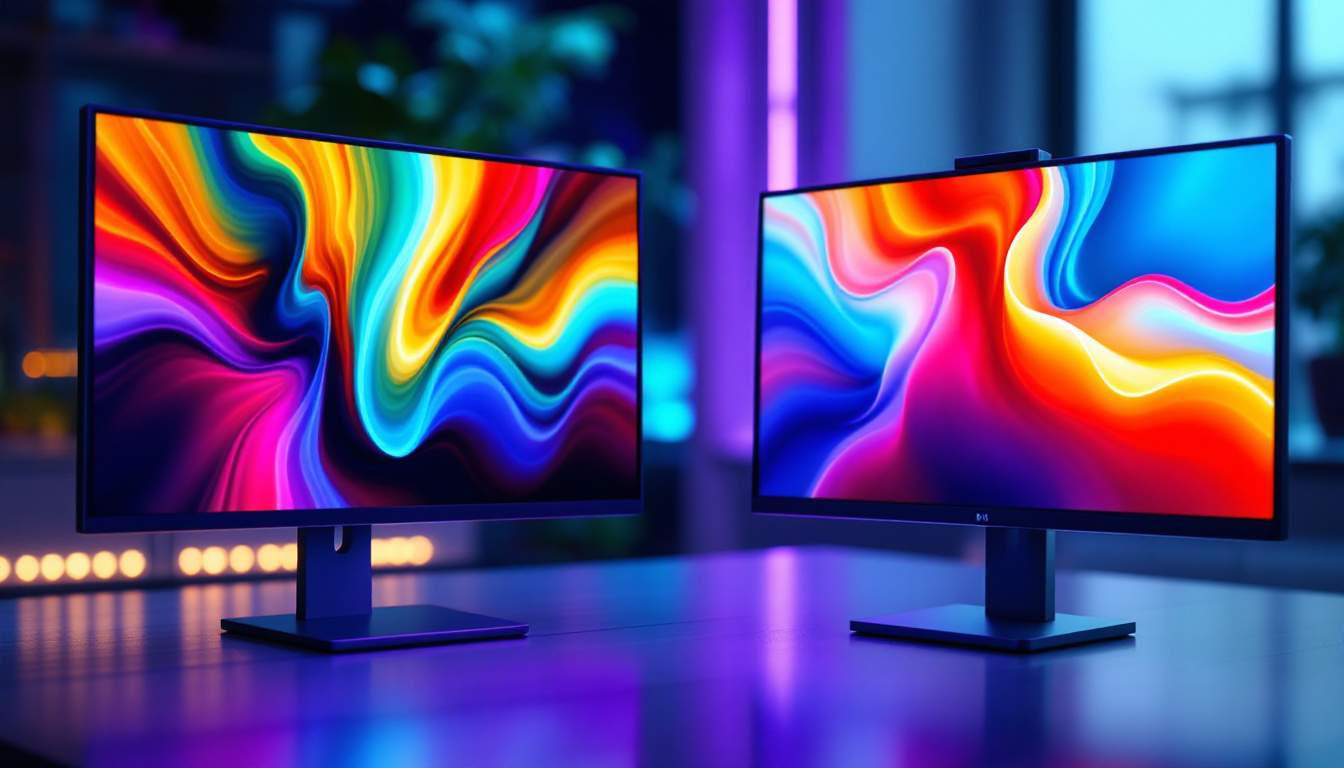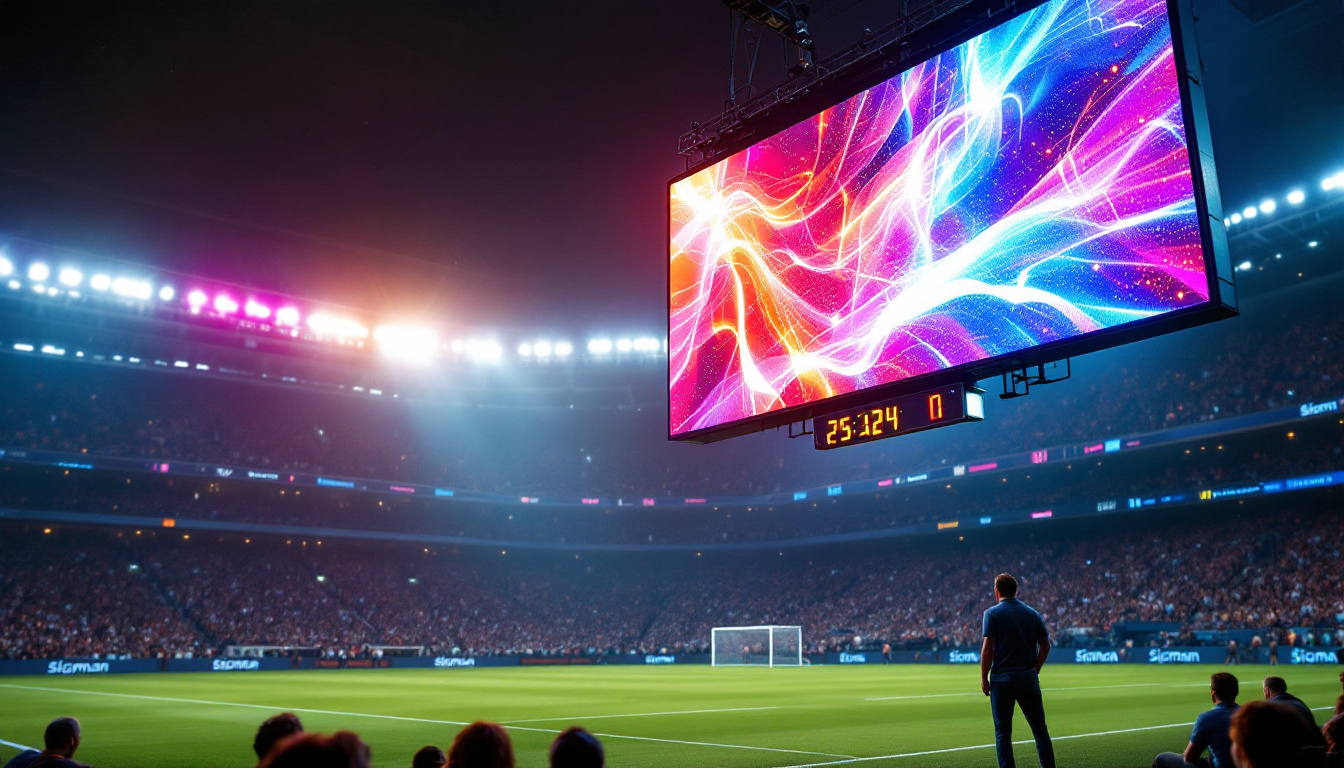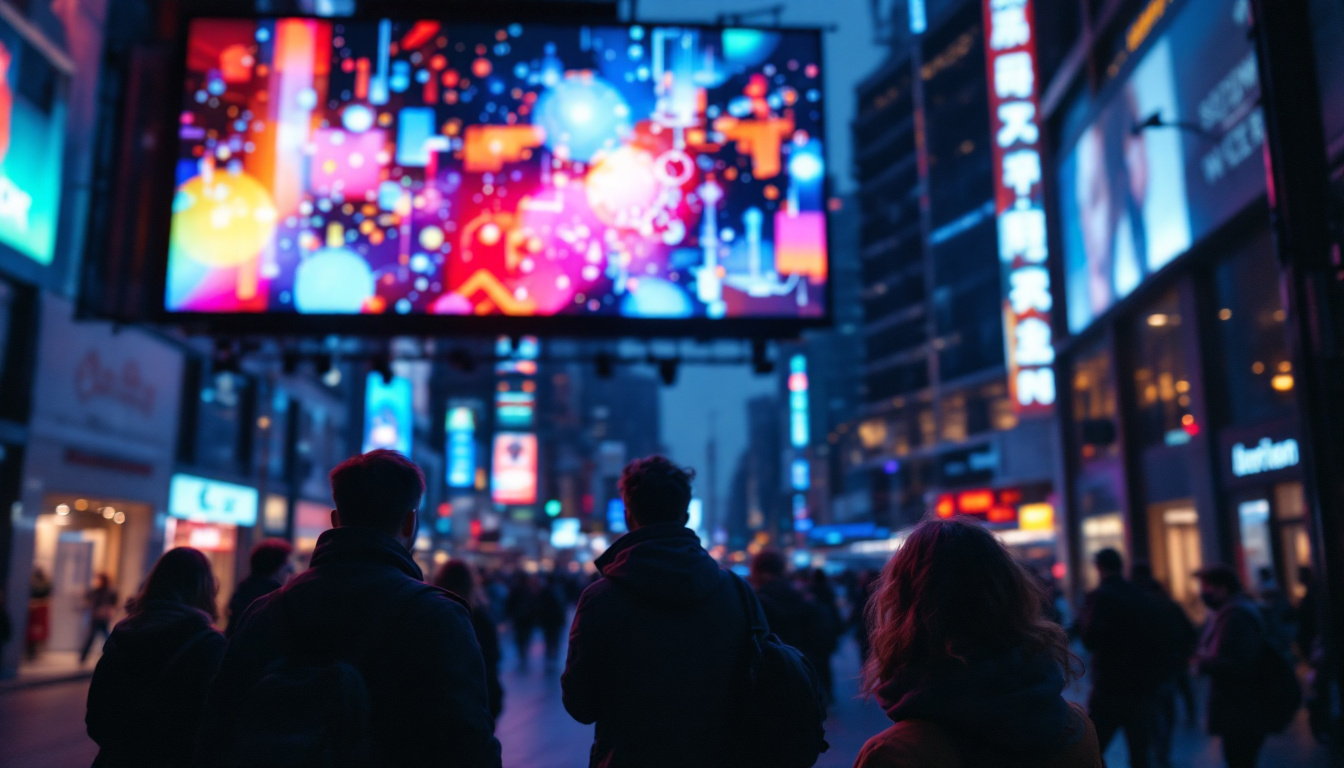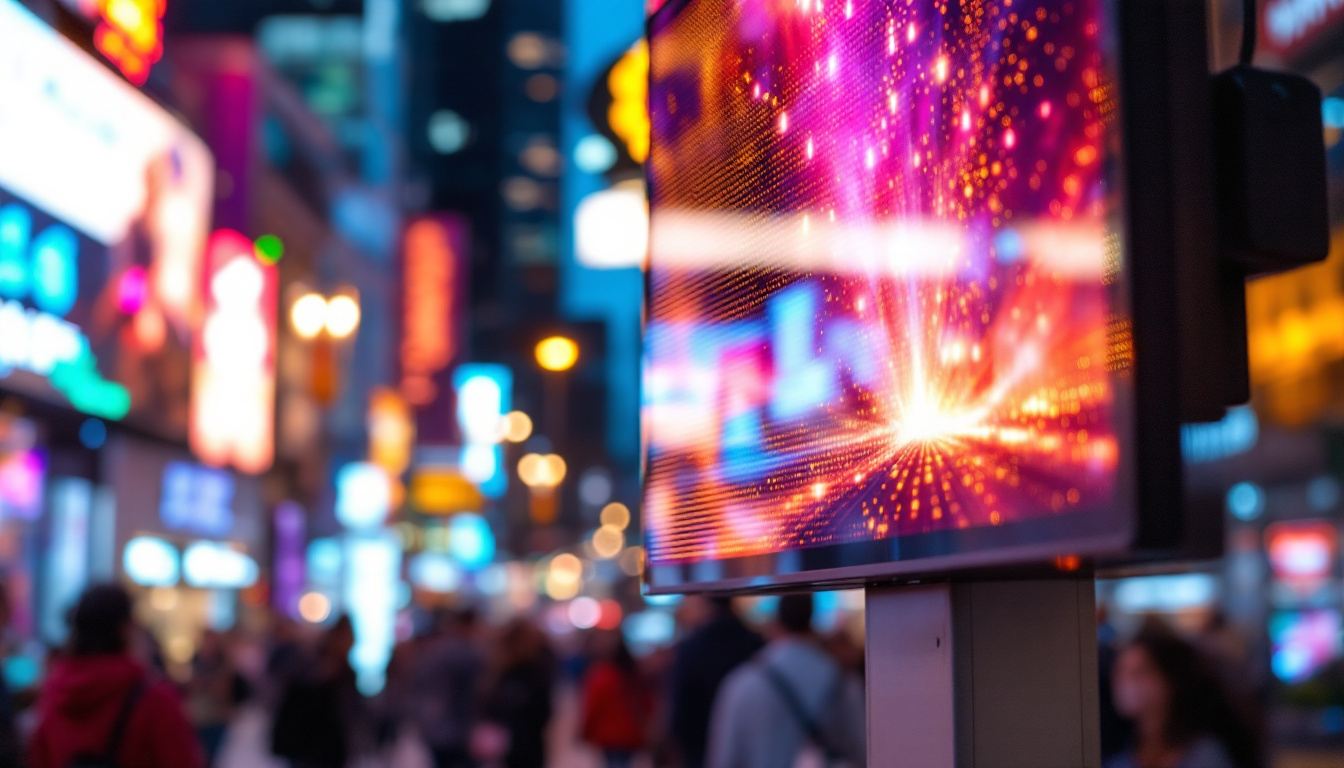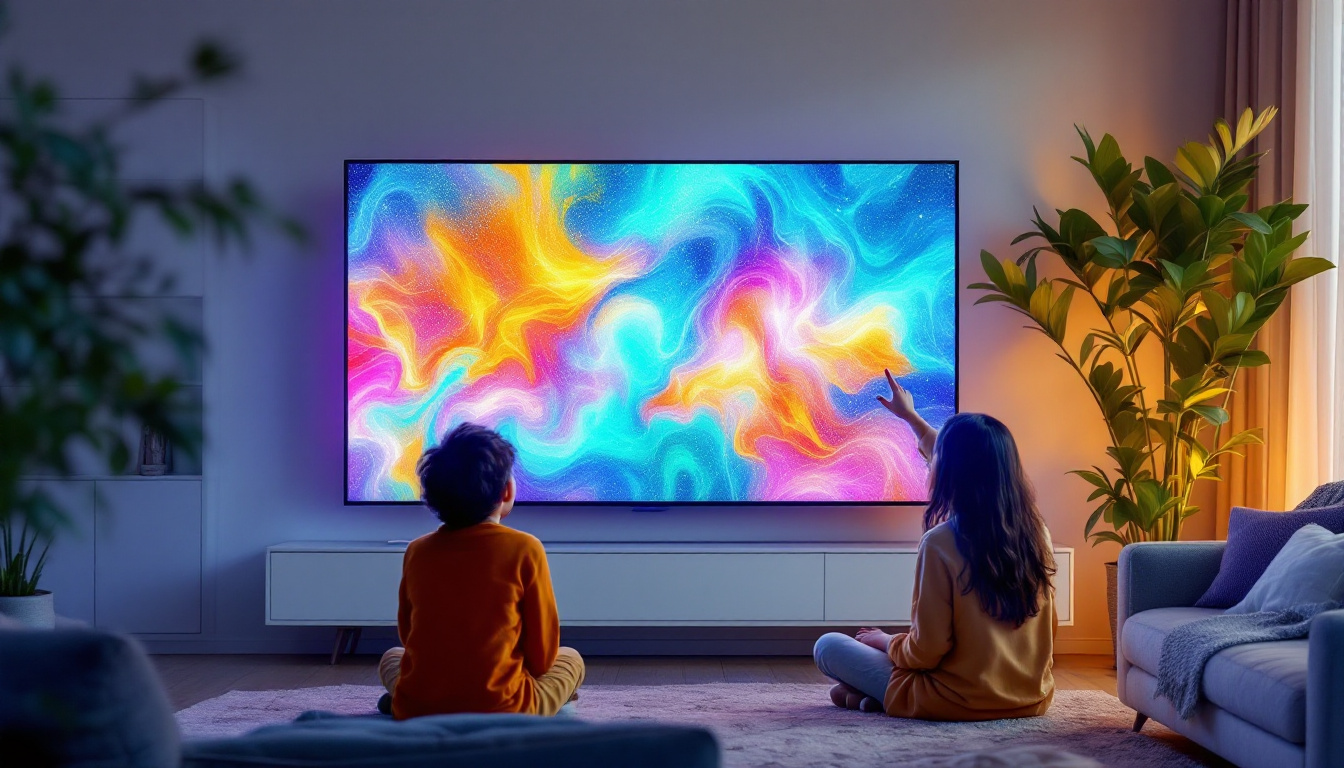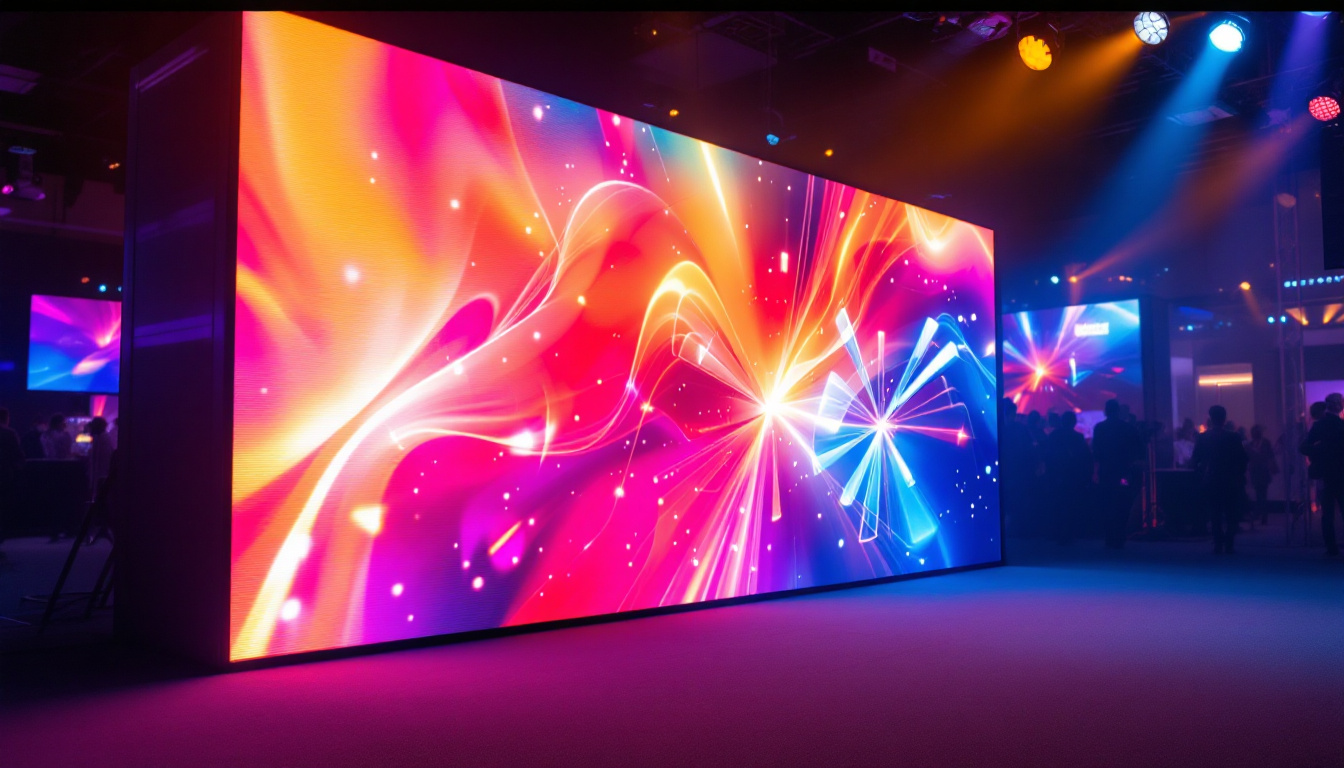In today’s digital age, LED displays have become a ubiquitous part of our lives. From televisions and smartphones to billboards and digital signage, these screens are everywhere. Understanding the technology behind LED displays can help consumers make informed decisions when purchasing screens for various applications. This article delves into the intricacies of LED displays, exploring their technology, types, advantages, and considerations for buying one.
Understanding LED Technology
LED stands for Light Emitting Diode, a technology that has revolutionized the way we view images and videos. Unlike traditional displays that rely on liquid crystals or cathode ray tubes, LED displays utilize semiconductor technology to produce light. This fundamental difference contributes to the superior performance and efficiency of LED screens. The transition from older display technologies to LED has not only enhanced visual quality but has also led to significant energy savings, making LED a preferred choice in both residential and commercial settings.
How LED Displays Work
At the core of an LED display are numerous tiny diodes that emit light when an electric current passes through them. These diodes can produce various colors by combining red, green, and blue (RGB) light. When these colors mix in different intensities, they create a full spectrum of colors, allowing for vibrant images and videos. This color mixing capability is crucial for achieving high-definition visuals, as it allows for more accurate color representation and deeper contrasts, which are essential for an immersive viewing experience.
The arrangement of these diodes can vary based on the type of LED display. In some cases, they are grouped into pixels, while in others, they can be arranged in a matrix format. This flexibility allows for a wide range of applications, from small screens to large outdoor displays. Furthermore, advancements in technology have led to the development of flexible LED panels, enabling creative installations that can bend and shape to fit various environments, thus expanding the possibilities for designers and advertisers alike.
Types of LED Displays
There are several types of LED displays, each designed for specific uses. Understanding these types can help consumers choose the right screen for their needs. The diversity in LED technology caters to a variety of applications, from personal devices to massive public displays, ensuring that there is an optimal solution for every scenario.
- Direct View LED: This type features individual LEDs that form the entire display, making it ideal for large-scale outdoor advertising and events. The brightness and visibility of Direct View LEDs in daylight conditions make them a popular choice for billboards and stadium screens.
- LED-backlit LCD: These displays use LED lights to illuminate an LCD panel, providing better contrast and color accuracy than traditional LCDs. They are commonly found in televisions and computer monitors, offering a balance between performance and cost.
- MicroLED: A newer technology that offers improved brightness and energy efficiency, MicroLED displays are still emerging in the market but show great promise. With their ability to achieve true blacks and a wider color gamut, MicroLEDs are expected to redefine the standards for high-end displays in the near future.
In addition to these types, there are also specialized LED displays, such as transparent LED screens, which allow for innovative advertising solutions without obstructing views. These displays are particularly popular in retail environments where maintaining an open atmosphere is crucial. Moreover, the integration of smart technology into LED displays is paving the way for interactive experiences, enabling users to engage with content in real-time, further enhancing the potential of LED technology in various sectors.
Advantages of LED Displays
LED displays offer numerous benefits over traditional display technologies. These advantages make them a popular choice for both personal and commercial use.
Energy Efficiency
One of the most significant advantages of LED displays is their energy efficiency. Compared to older technologies, LED screens consume less power, which can lead to substantial savings on electricity bills, especially for large installations. This efficiency also contributes to a lower carbon footprint, making LED displays a more environmentally friendly option. Furthermore, many LED displays come with advanced features such as automatic brightness adjustment, which optimizes power consumption based on ambient light conditions, further enhancing their energy-saving capabilities.
Brightness and Visibility
LED displays are known for their exceptional brightness. This characteristic makes them highly visible even in direct sunlight, making them ideal for outdoor applications such as advertising billboards and stadium displays. The high contrast ratio also enhances the viewing experience, ensuring that colors appear vibrant and images are sharp. Additionally, the ability to produce a wide color gamut allows for more accurate color reproduction, which is particularly beneficial for applications in photography, video production, and graphic design, where color fidelity is crucial.
Longevity and Durability
LED technology is inherently more durable than traditional display technologies. LED displays have a longer lifespan, often exceeding 50,000 hours of use. This longevity translates to fewer replacements and lower maintenance costs. Additionally, LED screens are less susceptible to damage from shocks and vibrations, making them suitable for various environments. They are also resistant to temperature fluctuations, which means they can function effectively in both hot and cold climates. This resilience makes LED displays an excellent choice for outdoor events and installations where weather conditions can be unpredictable.
Versatility in Applications
Another remarkable advantage of LED displays is their versatility in applications. From large-scale outdoor advertising to intimate indoor settings, LED technology can be tailored to meet diverse needs. For instance, in retail environments, LED displays can be used for dynamic signage that captures customer attention and enhances the shopping experience. In the entertainment industry, LED screens are increasingly utilized in concerts and events to create immersive visual experiences that engage audiences. Moreover, with advancements in technology, LED displays can now be curved or shaped into unique formats, allowing for creative installations that were previously unimaginable.
Low Heat Emission
Unlike traditional display technologies, which often generate significant heat, LED displays operate at much cooler temperatures. This low heat emission not only contributes to the longevity of the display itself but also reduces the need for additional cooling systems in enclosed spaces. As a result, businesses can save on both energy costs and equipment expenses, creating a more efficient overall setup. This characteristic is particularly advantageous in environments where multiple displays are used in close proximity, as it minimizes the risk of overheating and ensures consistent performance across all units.
Considerations When Buying an LED Display
While LED displays offer numerous advantages, potential buyers should consider several factors before making a purchase. Understanding these factors can help ensure that the chosen display meets the intended needs and expectations.
Screen Size and Resolution
Choosing the right screen size and resolution is crucial for achieving the desired viewing experience. Larger screens are typically better for public displays where viewers are at a distance, while smaller screens may suffice for personal use. Resolution is equally important; higher resolutions provide sharper images and are particularly beneficial for detailed graphics and text.
Indoor vs. Outdoor Use
LED displays are designed for different environments. Indoor displays generally have lower brightness levels and are optimized for viewing in controlled lighting conditions. Outdoor displays, on the other hand, are built to withstand harsher weather conditions and offer higher brightness to combat sunlight. It’s essential to select a display that matches its intended environment for optimal performance.
Budget and Brand Reputation
Budget is always a consideration when purchasing technology. LED displays come in a wide range of prices, influenced by factors such as size, resolution, and brand. It’s advisable to research reputable brands known for quality and reliability. Investing in a well-regarded brand can often lead to better performance and customer support.
Applications of LED Displays
LED displays are versatile and find applications across various sectors. Their adaptability makes them suitable for numerous uses, from entertainment to information dissemination.
Advertising and Marketing
One of the most prominent uses of LED displays is in advertising. Billboards and digital signage in retail environments utilize LED technology to capture attention and convey messages effectively. The ability to change content quickly allows businesses to promote sales, events, and new products dynamically.
Entertainment and Events
LED displays are a staple in the entertainment industry. Concerts, festivals, and sports events frequently use large LED screens to enhance the audience experience. These displays can showcase live feeds, graphics, and animations, creating an immersive atmosphere that engages viewers.
Corporate and Educational Use
In corporate settings, LED displays are used for presentations, meetings, and information sharing. Their clarity and brightness make them suitable for large conference rooms. Educational institutions also utilize LED technology for interactive learning environments, enhancing the educational experience for students.
Future Trends in LED Display Technology
The LED display market is continually evolving, with advancements in technology shaping its future. Staying informed about these trends can help consumers anticipate changes and make better purchasing decisions.
Advancements in MicroLED Technology
MicroLED technology is gaining traction due to its potential to deliver superior image quality and energy efficiency. Unlike traditional LED displays, MicroLEDs consist of microscopic LEDs that can produce light individually, allowing for greater flexibility in design and improved performance. As this technology matures, it is expected to revolutionize the display market.
Integration with Smart Technology
As smart technology becomes increasingly prevalent, LED displays are being integrated with smart features. This integration allows for remote management, content scheduling, and real-time updates, enhancing their functionality in various applications. Smart LED displays can be particularly beneficial in retail and advertising, where timely content changes are crucial.
Environmental Considerations
With growing awareness of environmental issues, manufacturers are focusing on creating more sustainable LED displays. This includes using recyclable materials and reducing energy consumption during production and operation. As consumers become more environmentally conscious, the demand for eco-friendly displays is expected to rise.
Conclusion
LED displays have transformed the way we interact with visual content, offering numerous advantages over traditional display technologies. Understanding the technology, types, and applications of LED displays can empower consumers to make informed purchasing decisions. Whether for personal use, advertising, or corporate environments, LED displays continue to shape the future of visual communication.
As technology advances, staying updated on trends and innovations in the LED display market will be essential for anyone looking to invest in this dynamic field. With the right knowledge, consumers can choose the perfect LED display to meet their needs and enhance their viewing experience.
Discover LumenMatrix’s Innovative LED Solutions
Ready to elevate your visual experience with the latest in LED technology? Look no further than LumenMatrix, a pioneer in crafting LED display modules designed to amplify your brand’s presence and captivate your audience. Whether you’re in need of an Indoor LED Wall Display, a vibrant Outdoor LED Wall Display, or specialized solutions like Vehicle LED Displays, LED Sports Displays, or even Custom LED Displays, LumenMatrix has you covered. Embrace the future of visual communication with our comprehensive range of LED display solutions, and let your message shine with unparalleled clarity and impact. Check out LumenMatrix LED Display Solutions today and transform your space into a dynamic visual spectacle.

